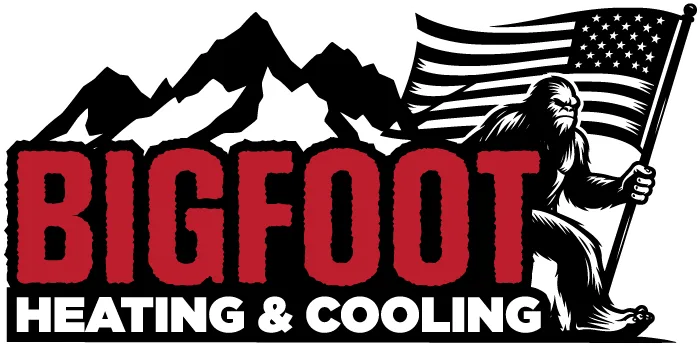
When temperatures drop, the last thing you want to experience is a heating system failure. To save yourself from costly emergency repairs, improve energy efficiency, and ensure your home stays warm and cozy all winter long, you need to prepare ahead of time. Here’s a step-by-step guide to getting your heating system ready before the cold weather sets in.
1. Schedule a Professional Inspection
Every heating system, whether a furnace, boiler, or heat pump, needs annual maintenance. A licensed technician will:
- Clean and inspect components
- Check for worn or damaged parts
- Test efficiency and performance
- Identify potential problems before they become emergencies.
Most furnaces have a lifespan of 15 to 20 years, though performance tends to decline significantly in the later years of this range.
2. Replace or Clean Air Filters
Dirty filters restrict airflow, forcing your system to work harder and use more energy. Make it a habit to check filters monthly and replace them at least every one to three months during heavy use. Ensure the filters match your HVAC system’s specifications and consider using high-efficiency ones to improve indoor air quality.
Regular HVAC filter changes can improve your system’s efficiency by up to 15%.
3. Check Your Thermostat
Test your thermostat to make sure it’s working properly and is calibrated correctly. Consider upgrading to a programmable or smart thermostat before winter to save energy and keep your home comfortable automatically.
4. Inspect Vents, Registers, and Ductwork
Blocked vents and clogged ducts can reduce efficiency and unevenly heat your home. Clear away dust and ensure curtains, furniture, or rugs aren’t covering vents, and schedule duct cleaning if needed.

5. Seal Air Leaks Around the Home
Even the most efficient heating system can struggle if warm air escapes through cracks around windows and doors. Seal leaks with weatherstripping and caulk to help keep the heat inside and reduce energy bills. In addition, ensure your attic, basement, and crawl spaces have adequate insulation to keep heat in.
6. Test Your Carbon Monoxide Detector
If you use a gas furnace or boiler, you need a functioning carbon monoxide detector to protect you and your family. Test the batteries and replace the detector if it’s more than five to seven years old.
In addition, check gas lines connections for leaks if you have a gas-powered furnace.
7. Stock Up on Furnace Filters and Supplies
To be prepared for winter, ensure you have extra filters, humidifier pads, and any other maintenance supplies on hand. This way, you won’t be caught off guard during the peak of winter.
8. Clean Around the Heating Unit
Remove dust, dirt, or stored items from around your furnace or boiler. This not only improves efficiency but also reduces fire hazards. Use a vacuum if you are dealing with thick layers of dust.
Symptoms of a Failing Furnace
Inconsistent or Lack of Heat — If you notice cold spots or have an overall chilly house, your furnace may be failing to produce enough warm air.
Strange Noises — Unusual sounds like banging, grinding, rattling, or screeching from the furnace could be the result of failing or damaged parts.
Increased Energy Bills — An old or inefficient furnace will work harder and consume more energy to provide the same amount of heat, resulting in higher utility costs.
Yellow Pilot Light — A healthy furnace pilot light burns blue. If yours is yellow or flickering, it indicates incomplete gas combustion, which could produce dangerous carbon monoxide.
Leaks — Puddles of water around the furnace system could indicate a problem with the system.
Visible Damage — Rust or cracks in the furnace system could be signs of age or deterioration and indicate internal structural issues.
Signs of a failing heat pump include ice buildup on the outdoor unit, a musty or mildewy smell or burning odor, or poor airflow.

If you notice any of these signs, contact a HVAC professional as soon as possible to avoid having to deal with expensive repairs in the middle of winter.
Stay Warm and Cozy This Winter Season
Winter doesn’t have to come with high energy bills or unexpected breakdowns. With a little preparation, you can keep your heating system running smoothly and your home warm when you need it most. From scheduling a professional tune-up to checking filters and sealing leaks, these simple steps go a long way in improving comfort, efficiency, and peace of mind. Don’t wait until the first cold snap — get ready now and you’ll enjoy a safe, cozy, and worry-free winter season.

Follow Us